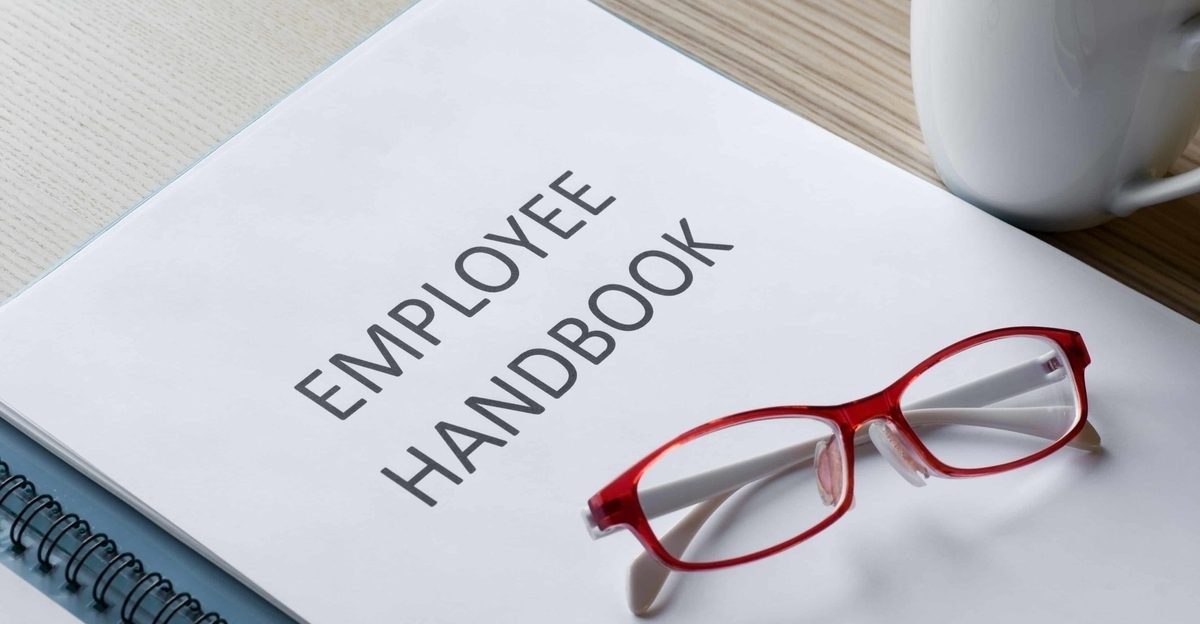
HR Manuals
Quite a number of employers now have in place a human resources (HR) manual.
HR manuals document the workplace policies and procedures that will be applied to all employees inside and to a lesser extent outside the
workplace. Manuals may broach the following non-exhaustive list of issues:
- Complaint processes
- Dress standards
- Leave (particularly around issues such as required notice, when medical certificates need to be produced, times when annual leave may be compulsory such as quiet periods over Christmas etc.)
- Email, internet, and social media usage
- Work from home arrangements
- Start and finish times
- Recruitment and promotion
- Staff functions
- Drugs and alcohol
- Reimbursement of expenses
- Work-related travel
- Privacy
Although some employers may question the need for an HR manual if contracts of employment are already in place, manuals complement these
contracts. Contracts of employment set out the terms and conditions of a particular employee’s employment – including their salary and
responsibilities etc. – which are conditions that generally do not regularly change and are specific to the worker. Policies and procedures
on the other hand complement employment contracts and apply to the wider workplace. These may change as the business evolves and expands.
Typically, employment contracts contain a clause where the employee acknowledges they have read and understood the workplace’s policies and
procedures as set out in the HR manual.
The advantages of an HR manual include:
- help ensure consistency of treatment in relation to employees. This in turn can reduce tension in the workplace
- orientate new workers around how the workplace functions. HR manuals are particularly useful in the induction process to ensure new workers are on the same page as the employer and their colleagues from day one
- better equip employers to defend claims of breach of employer obligations. If the rules and policies are observed by an employer and the employee is aware of them, for example in relation to disciplinary action, then the employer may be less exposed legally
- provide workers with knowledge about what is expected of them, particularly around behaviour and performance standards.
Importantly, HR manuals must be consistent with the wider workplace laws. These include those in relation to Fair Work, discrimination,
bullying and harassment, OH&S, and privacy.
It’s best practice, when drafting HR manuals, to bring employees along with you. You may wish to consult with key employees when drafting
the manual, and give them an opportunity to review the first drafts of your manual and provide feedback with a view to making reasonable
alterations. Staff training may be provided when the manual is released, a copy made available to all employees, and notification provided
when any significant changes are made.
Manuals can be drafted internally, or with the assistance specialist HR firms or advisers.



